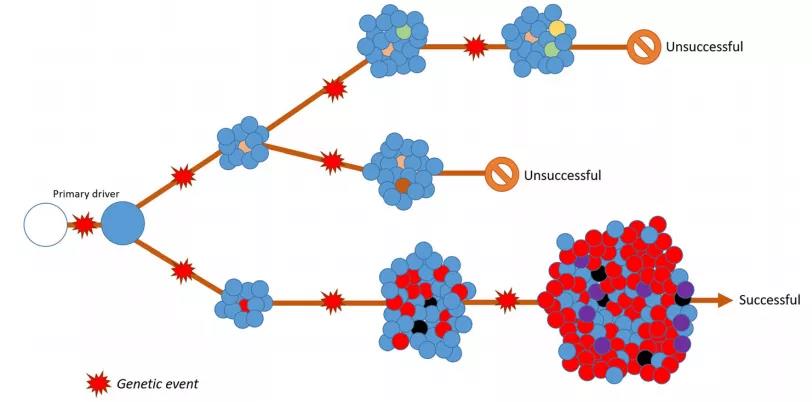Molecular Biomedicine | Scientific and clinical implications of genetic and cellular heterogeneity in uveal melanoma

Open the phone and scan
The study of cancer dates back as far as centuries B.C. but it was not until the seventeenth century A.D. that research was properly documented and uncontrolled growth of body cells was described. Over the course of centuries, one attempted to unravel the biology of different cancers to get a better understanding and ultimately improve treatment. The first observations were merely morphological, but even before the functional discovery of DNA (1952), the understanding has been that cancer is a genetic disease, which allows for a better understanding of the biology and assessment of its behaviour.

Here, authors discuss the presence and roles of heterogeneity in the development of uveal melanoma. Both genetic and cellular heterogeneity are considered, as their presence became undeniable due to single cell approaches that have recently been used in uveal melanoma analysis. However, the presence of precursor clones and immune infiltrate in uveal melanoma have been described as being part of the tumour already decades ago. Since uveal melanoma grow in the corpus vitreous, they present a unique tumour model because every cell present in the tumour tissue is actually part of the tumour and possibly plays a role. For an effective treatment of uveal melanoma metastasis, it should be clear whether precursor clones and normal cells play an active role in progression and metastasis. Authors propagate analysis of bulk tissue that allows analysis of tumour heterogeneity in a clinical setting.

Schematic representation of tumour development
Article Access: https://link.springer.com/article/10.1186%2Fs43556-021-00048-x
Website for Molecular Biomedicine: https://www.springer.com/journal/43556
Looking forward to your contributions.


